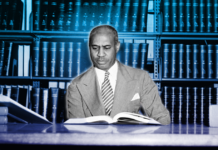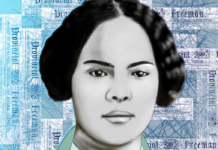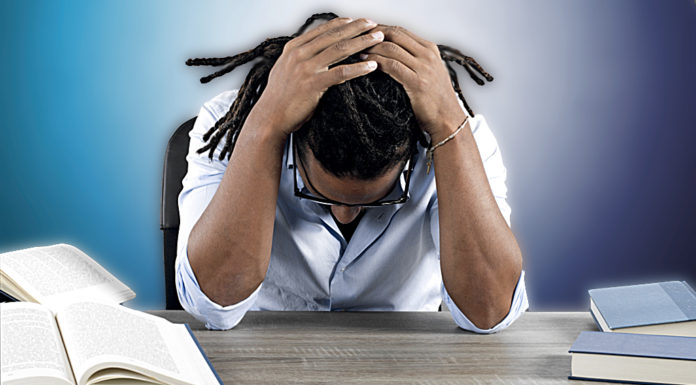I am a native Washingtonian, born and raised in Anacostia, D.C. I went to DC Public Schools (Ketchum Elementary and Kramer Jr. High in SE and then to Banneker Academic High School for high school). Back in the 70’s and 80’s, D.C. was definitely “Chocolate City.” My neighborhood, known as Fairlawn, was all black. My friends were all black. My teachers, for the most part, were all black. The professionals that I saw on a daily basis were all black: the postman, the library clerk, the bus driver that drove me uptown to high school, the store clerks and so on. In fact, it wasn’t until I got to high school that I had the experience of having teachers who were not black.
I didn’t think much of this dynamic until I got to college. After high school, I went on to undergraduate and graduate school at the University of Virginia, a predominantly white university in Charlottesville VA. There I was immersed in a world that was different than what I was used to. However, it wasn’t the stark difference in the color of the community that perplexed me. It wasn’t that I was a percentage point in the 12% of the black population at that time. It was the fact that I met other black students who didn’t grow up in all black environment, who had not sung the Black National Anthem after the Pledge of Allegiance in school every morning. I was in awe that they didn’t know “Lift Every Voice and Sing,” and never had a 5th-grade teacher who cried because a few of her students did not know the Anthem. I was in a protected bubble and did not know it until I was outside of it.
Fast forward 30 plus years after my days at UVA, I had started my career in policy and social justice, I’d traveled the world, bought my first house, and for the most part, my world was still predominantly black. I didn’t think much about my life in a protected “black” bubble until I got married, moved out of Washington DC into the VA suburb of Loudoun County, and had a child of my own.
My daughter, who is now 12, has had a starkly different upbringing than my own. Her world has never been all-black. Our neighborhood is not all black, in fact, it is primarily Asian/Indian American. The schools she has attended are considered diverse, but the percentage of black children is below 10%. I can count on 1 hand the number of teachers of color she has had, and only 1 has been black. When my daughter was in the 1st grade she came home and told us that a little boy on the bus said that he wasn’t going to play with her because he didn’t play with brown kids. This little boy was a shade of “brown,” in fact when I saw him, he was actually a darker “brown” than my daughter. She simply could not wrap her little mind around what the little boy was saying.
It was at that moment that I again remembered my upbringing in the protected bubble of Chocolate City where blackness was celebrated every day and practically everywhere. It was also at that moment that I knew that I had done a disservice to my daughter who was not growing up in a pro-black environment, and I was not giving her the tools to deal with issues of prejudice and racism. I had not talked to her about the fact that there is injustice in the world and there are some people who won’t like her, won’t want to get to know her gentle spirit, who won’t think her smile brightens any gloomy day, who don’t want the best for her, and who won’t play with her simply because of the color of her skin.
Like many black families who want the best opportunities, educational and otherwise for their children, we made the choice to reside in a suburb outside of Washington DC, based somewhat on the quality of the public school system and the quality of life in general. At the time, I thought about what my child would gain as a result of living in an area that boasts one of the highest median incomes and one of the “best” schools systems in the country. At the time, I knew I wanted her to have the advantages and access to all of the opportunities that I didn’t have. And frankly, I never really thought about what she might be losing—-until that day she came home in 1st grade with a sad face because a little boy made her feel unwelcome, and made her question her wonderfulness as a little black princess.
Now that my daughter is 12 years old and in the 7th grade, I still struggle with ensuring that she has the information and understanding of what it means to be a black girl that is not loved by all. I struggle with trying to protect her outside of the bubble that protected me. I struggle knowing that while I had black teachers that celebrated and affirmed me every day, the likelihood of my daughter having a multitude of teachers that look like her is practically zero.
At the end of the day, she is getting a fantastic education in our county’s public school system. She is far more advanced in her thinking than I was at her age. By design, she has been exposed to things in and out of school that I was not exposed to at her age. She is a beautiful, intelligent, compassionate, extraordinary young lady. So while I still struggle with ensuring that she knows who she is and whose she is, I know that the choice in her schooling was a good one, and one that I would still make. However, if I had one wish, it would be to let her sit in the “bubble” I enjoyed, even for a little while, so that her fierce black girl magic that I work to instill in her every day- would be reinforced all the time by everyone she encountered.










